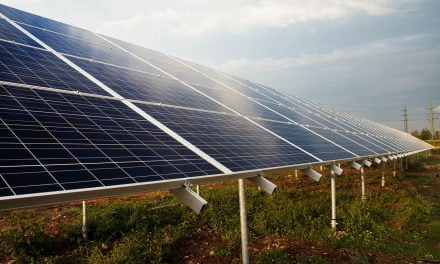Which price tier of homes in California is most adversely affected by the present growing divide between wealthy families and poor families?
- Mid-tier (64%, 55 Votes)
- Low-tier (30%, 26 Votes)
- High-tier (6%, 5 Votes)
Total Voters: 86
Construction was at an understandable low during the peak of the pandemic, but as the recovery process develops, that is changing. Construction came lumbering back in mid-2021, but not without its hiccups.
August 2021 saw 1.62 million U.S. home starts, which was up 17% from July, according to Zillow – not shabby considering the ongoing shortage of building materials. However, September saw a lesser 1.56 million home starts, down a slight 2% from August, according to Zillow. This decrease was even more significant here in California.
Homebuilder confidence has likewise increased in 2021, only to fizzle out in Fall 2021. The release of vaccines was integral in construction coming back, allowing for builder activity to move forward. But as summer gradually came to a close, the supply disruptions and restricted labor market began to catch up in September – setting back construction starts as high demand ran up against a fragmented supply chain.
Fall 2021 has stalled the recovery process which was developing throughout the summer. Without a fix for the missing supply, construction will continue to suffer, and prices will skyrocket as a result.
California construction starts fall further behind
Here in California, residential construction has also stalled, with single family residential (SFR) starts declining 10% and multi-family starts falling 14% in the single month of September 2021.
However, a single months’ decline does not make a trend. In fact, residential construction experienced over the past six months shows an overall increase and the highest level of construction since 2018. High demand for housing, fueled by low interest rates and a frantic homebuyer fear of missing out (FOMO), has pushed residential construction higher in 2021. And yet, new construction continues to fall below California’s ever-increasing demand for new housing.
For example, at the height of the Millennium Boom, 150,000 new SFRs were started annually. In 2020, just 59,000 new SFRs were started, a fraction of what is needed to meet demand.
As a result, the price of new and existing homes continues to rise by leaps and bounds. This has only been made worse by the building material and labor shortages which have increased the cost of construction significantly in recent months, pricing many would-be homebuyers out.
Many builders have hypothesized the months following September will see the price of raw materials continue to surge, according to Zillow. Builders also expect interest rates to rise as the Fed tapers its mortgage backed bond (MBB) purchases. This bond taper will cause a rise in the cost of borrowing, pricing out some buyers. The outcome will be higher costs for all parties involved – and with the price of building rising, demand will decline.
These expectations also indicate the cost of all home prices will continue to rise, including new and resale homes. The cost of most construction materials has more than doubled since 2019 – home prices are following suit. These inflated home prices have accelerated all across California and across all tiers.
California continues to experience rapid home price increases, reaching:
- 21% higher than a year earlier in the low tier;
- 22% higher than a year earlier in the mid tier; and
- 24% higher than a year earlier in the high tier, as of July 2021.
A recovery in construction starts is crucial to California’s future. Without these starts, demand will continue to spill over, pricing out households from qualifying to buy and putting downward pressure on our already low homeownership rate. In terms of obstacles in the way of construction, our focus needs to shift to the impact of longer trends in need of fixing – rather than month-to-month disruptions reported on the national media. These long-term obstacles include:
- loosening outdated zoning restrictions;
- requiring amendments of local governments’ housing plans for new housing to include more low- and moderate-income units;
- encouraging accessory dwelling unit (ADU) construction; and
- incentivizing transit-oriented developments.
Related article:



















